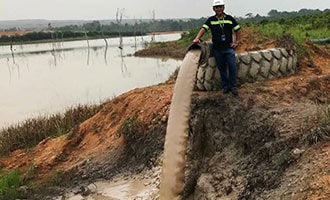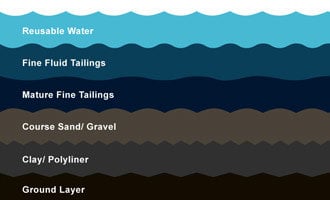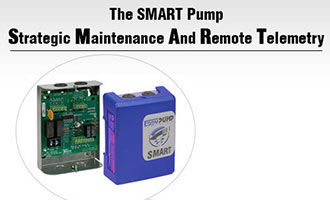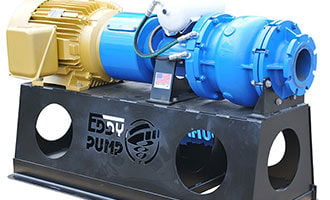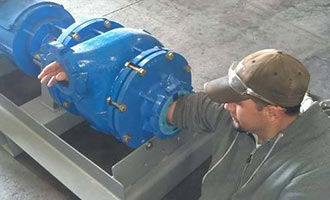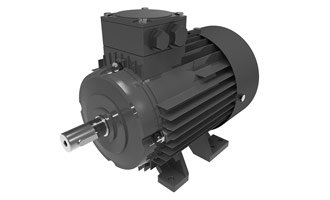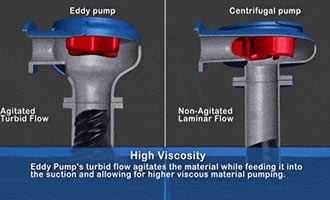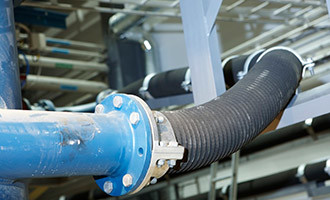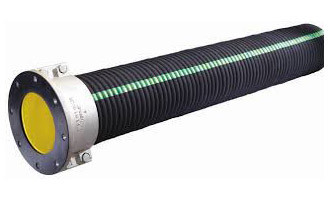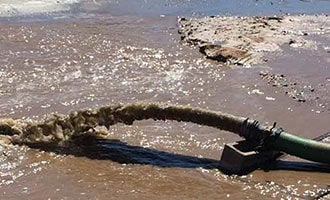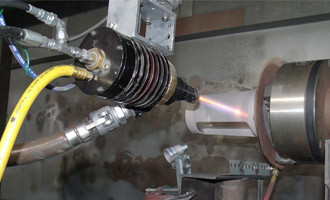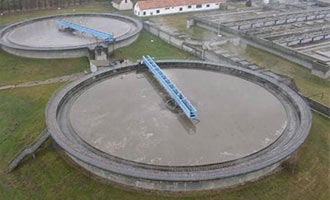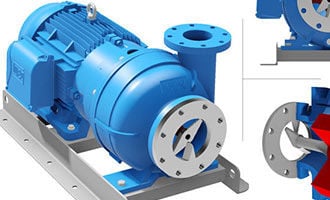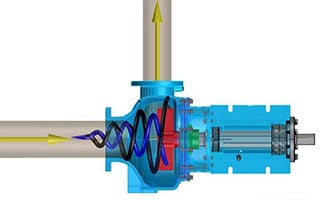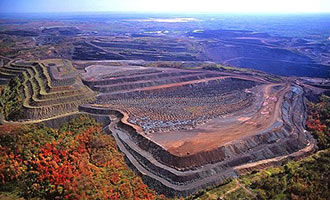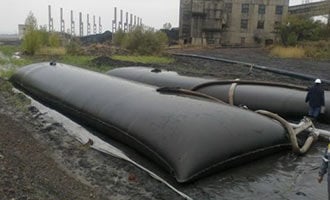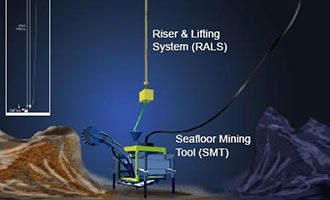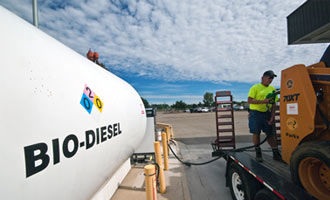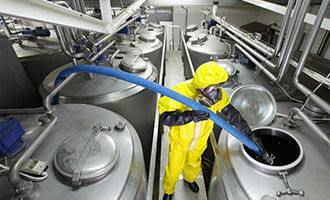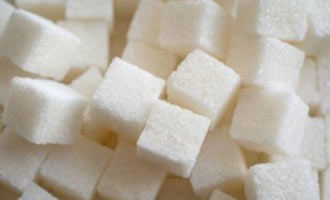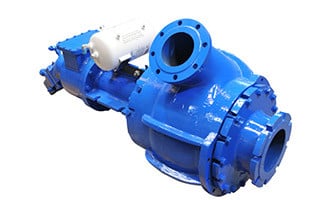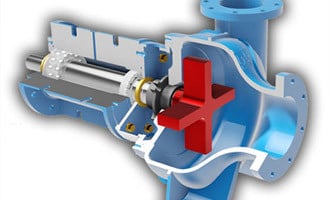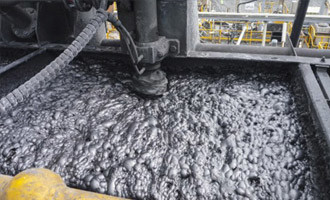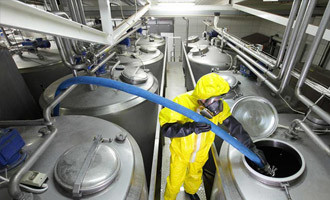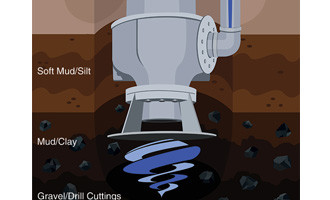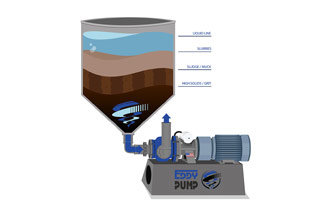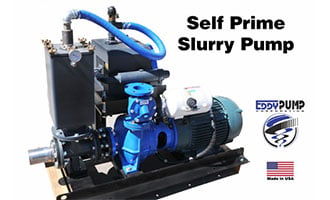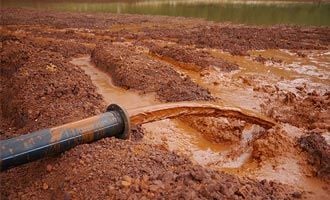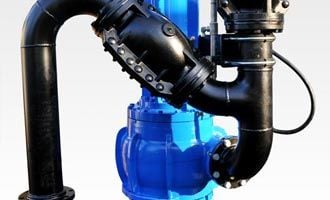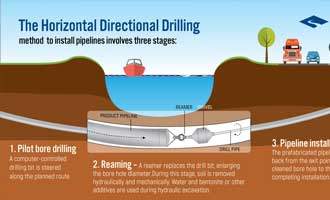Tail Dams in Mines - Use of Eddy Pumps as Effective Equipment For Heavy Material Fluid Requirements
With tail dams, the solids are left around the bottom of the dam and the water that accumulates on the surface is recovered by means of pumps and reintegrated back to the process for reuse. Browse Our ProductsContact Us For a Fast QuoteUsually, in mining, slurry resulting from the extraction of gold and silver is stored in the dam, often in a remote valley, conveniently situated about a mile or so away from the main processing plant.
The material that reaches the tailing dam is a neutralized slurry, which has gone through, in some cases, a previous cyanide destruction process. The solids are then left at the bottom of the dam and allow for the water that accumulates on the surface to be recovered by means of pumps to reintegrate back to the process for later reuse.
monitored and supervised. Efficient pumping equipment ensures that an adequate fluid level is maintained. In addition, pumps help mine operators meet the stringent worldwide standards of mines and tail dams.
Given that pumps are required to both deposit inert material as well as move the water to be reused during the mining process, they must be capable of handling a high percentage of solids that can often be corrosive and abrasive and of low pH. In this case, some mines will install low-cost centrifugal pumps to meet these objectives.
However, centrifugal pumps fail quickly in the harsh mining environments, causing headaches such as replacements of parts and extended man-hours for corrective maintenance, sounding the alarm to mining corporations to try a different pump.
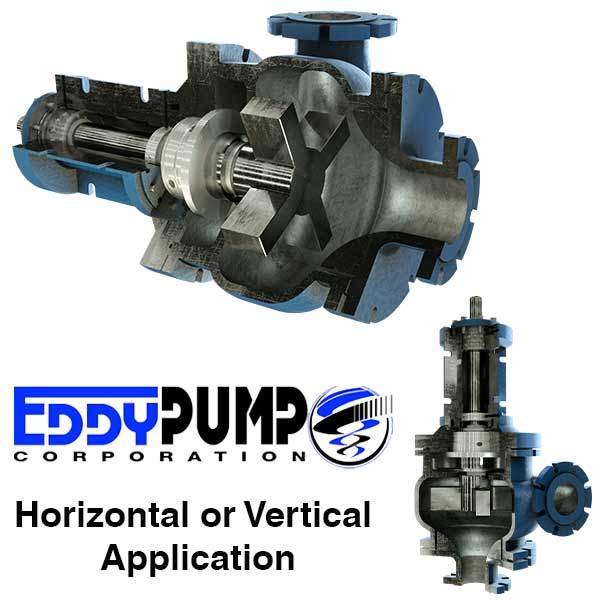
The non-clog, open rotor design of the EDDY pump combined with high tolerances allows everything entering the inlet to pass through the discharge without problems, this high tolerance between the rotor and the volute allows for the passage of a grown man’s arm, while the tolerance of a centrifugal pump is significantly less, leaving it prone to clogging.
The low-maintenance EDDY pump has the ability to pump large amounts of solids including highly viscous, highly corrosive, with high specific gravity, and fluids with a high solids content of up to 70%.
Due to the aforementioned, and due to the large number of mines that already trust EDDY Equipment in their dam facilities, dredging and other applications where the percentage of solid is significant, make EDDY pumps the most exclusive mining pump on the market.

Fully assembled EDDY Pump easily lets a man’s arm pass through. Rags, 1-12 inch rocks and debris can easily pass through an EDDY pump.
The EDDY Pump aims to solve these issues by having the ability to pump objects up to 12 inches in diameter, leaving clogged pumps a thing of the past. Additionally, due to the highly recessed rotor, less material comes into contact with the EDDY Pump internal components, allowing the pump to run for far, far longer without any downtime or maintenance, greatly reducing your overall production costs.
How the EDDY Pump Works
The EDDY Pump starts with a hardened outer pump casing built around a vortex generating rotor which generates a column of fluid which swirls around a central axis. This fluid is directed through the pump intake to the discharge into a body of liquid at which its energy is quickly dissipated. The surrounding ambient liquid is drawn through the pump inlet in a counterflow to the vortex column flow and flows into the pump casing and then out through a pump discharge. The vortex generating rotor has channels of decreasing size converging toward the axis of the vortex column with the streams of liquid increasing their respective velocities as they flow toward the axis at which the streams join and concentrate their energies to form the vortex column. The EDDY Pump can be powered by hydraulic or electric, depending on the needs of our end clients.
We are one of the few companies who manufactures both our pumps and dredging equipment to ensure optimal support.

Research and Development of the EDDY Pump
EDDY Pump has dedicated engineers for pump modeling and analysis based on the physics of an eddy current. We can go from product concept to modeling and then pump out a 3D printed test unit within 48 hours. Heavy investments have been made company-wide in hardware and software to assist our research and development team.
Our comprehensive knowledge of fluid dynamics as it relates to pumps combined with our experience in structural engineering allows us to develop fully optimized pumps and dredging equipment with adjoining pipelines and hoses. Our research and development utilize computational fluid dynamics (CFD) software to accurately calculate flow uniformity across the system and meet the needs of our clients.
At EDDY Pump, we are constantly striving to improve and innovate new technologies to incorporate into our pump and dredging equipment.
EDDY Pump has dedicated engineers for pump modeling and analysis based on the physics of an eddy current in order to make the pump as efficient as possible. We can go from product concept to modeling and then pump out a 3D printed test unit within 48 hours. Heavy investments have been made company-wide in hardware and software to aid our research and development team in creating the toughest, most efficient slurry pumps and dredging equipment available.
Our comprehensive knowledge of fluid dynamics as it relates to pumps combined with our experience in structural science and engineering allows us to develop fully optimized pumps and dredging equipment with adjoining pipelines and hoses. Our research and development team utilizes powerful computational fluid dynamics (CFD) software to accurately calculate flow uniformity across the system and meet the needs of our clients.
At EDDY Pump, we are constantly striving to improve and innovate new technologies to incorporate into our pump and dredging equipment.

EDDY Pump Components
The EDDY Pump consists of an:
(1) energy generating rotor attached to the end of a
(2) drive shaft and placed within a
(3) volute. . As the rotor begins to spin, it sets into motion the ambient fluid present within the volute and
(4) adjoining intake chamber. At normal operating speed, this spinning fluid is forced down, into the hollow center of the intake chamber where it creates a high speed, swirling synchronized column of fluid
(5) which agitates the material
(6) to be pumped (sludge, sand, clay etc.) This swirling column of fluid creates a peripheral
(7) “eddy” effect which causes the agitated material to travel by reverse flow, up along the sides of the intake chamber, into the volute. Here the material, under pressure from below, is forced into the
(8) discharge pipe.
Related Products
HD (Heavy Duty) Slurry Pumps
Why EDDY Pumps Are Better – Highlights
This video shows how EDDY Pump outperforms centrifugal pumps when pumping high solids abrasive, viscous or corrosive slurries.
Why EDDY Pumps Are Better - Highlights
This video shows how EDDY Pump transports high slurry and abrasive materials. Featured dredge pump equipment includes the Remote Operated Subdredge, Diver Operated Pump and a Excavator Attachment Dredge Pump.




